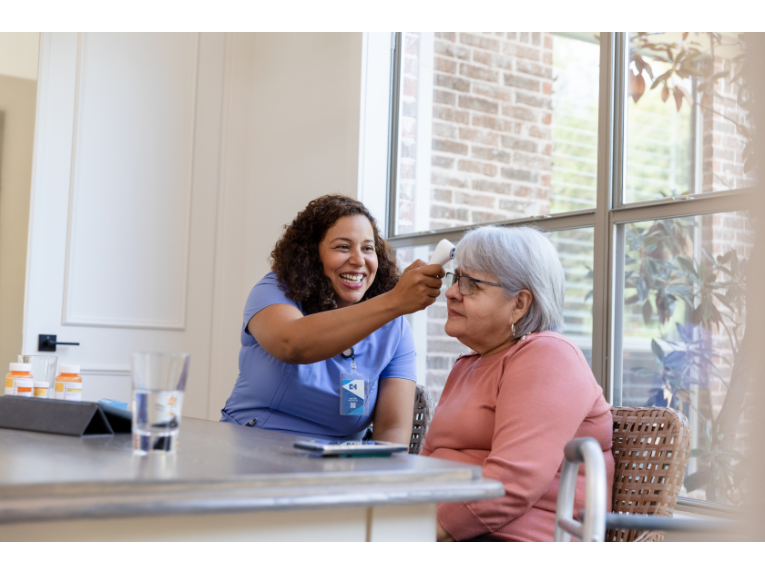Navigating the landscape of senior care options can be a daunting task for seniors, their families, and healthcare professionals. With the aging population on the rise, understanding the nuances between assisted living and nursing homes is more crucial than ever. This article aims to elucidate these differences and highlight the pivotal role of nurse call systems in enhancing the quality of care in these environments.
Understanding Assisted Living and Nursing Homes

Assisted Living Facilities provide a unique blend of independence and care, offering residents personal living spaces with access to assistance for daily activities, medication management, and social engagement. These facilities cater to individuals who require some level of help but do not need the intensive medical and nursing care provided in nursing homes.
Nursing Homes, on the other hand, are designed for individuals requiring 24-hour care and medical attention, offering a higher level of service, including medical monitoring and treatments, rehabilitation, and a wide range of specialized care plans.
Services Provided: A Comparative Look
Assisted living facilities focus on supporting residents' independence, with services geared towards personal care and daily living activities. In contrast, nursing homes provide extensive medical care and rehabilitation services. Nurse call systems in these settings are tailored to meet these varying needs, offering features like fall detection and health monitoring in nursing homes, while in assisted living, the emphasis might be on mobility assistance and emergency call features.
Cost Comparison: Understanding the Investment
The cost of senior living in the US varies significantly between assisted living facilities and nursing homes, reflecting the differences in the level of care and services provided. Assisted living is generally less expensive than nursing homes due to the nature of care and living conditions offered.
Assisted living facilities provide a level of independence and privacy, with services tailored to individuals who require assistance with daily activities but not constant medical monitoring. The cost for assisted living, as reported by Genworth’s Cost of Care Survey, is around $4,500 per month. This cost includes housing, meals, personal care assistance, and access to nurses and staff as needed, although it does not cover intensive medical care.
Nursing homes, designed for individuals who need 24-hour medical supervision and assistance with personal care, offer specialized medical care including medication monitoring, rehabilitation services, and nutritional management. Given the comprehensive care provided, nursing homes are more expensive, with costs for a semi-private room averaging around $7,908 per month and a private room averaging $9,034 per month.
These costs can fluctuate based on various factors such as location, the specific services required, and the facility chosen. Some facilities charge a flat monthly rate while others adjust the cost based on the resident's specific care plan. It's also important to note that while assisted living costs are generally not covered by Medicare, nursing home stays may be partially covered under certain conditions, such as following a hospital stay.
For those considering these options, it's crucial to assess both the financial implications and the level of care needed to make an informed decision. Families often use private funds, insurance, or government programs like Medicaid to cover these costs, and exploring all available payment options is recommended.
(Source: Assisted Living vs. Nursing Homes: Care and Cost Differences, By: Alison Tobin, 2023)
Choosing the Right Option

Deciding between assisted living and a nursing home hinges on assessing the individual's medical needs, personal preferences, and financial situation. Technology, particularly advanced nurse call systems, plays a crucial role in this decision-making process. These systems not only ensure immediate assistance when needed but also offer peace of mind for residents and their families, knowing that support is always at hand.
In the quest to find the most suitable care option, understanding the distinct features of assisted living and nursing homes, and the technology that supports them, is paramount. Nurse call systems are more than just an emergency response tool; they are a critical component of modern senior care, ensuring that regardless of whether someone chooses the independence of assisted living or the comprehensive care of a nursing home, they are supported by the best technology available.
Making an informed decision about senior living options is a significant step in ensuring a high quality of life for our loved ones. As technology continues to advance, it will undoubtedly play an even more significant role in shaping the future of senior care, making it safer, more responsive, and tailored to the individual needs of each resident.
The Future of Senior Care Technology
As technology continues to evolve, so too does its application in senior care. Today's nurse call systems represent just the tip of the iceberg. With ongoing advancements, we can anticipate even more innovative solutions designed to improve the quality of life for seniors, streamline care processes, and ensure the safety and security of all residents.
The Integral Role of Nurse Call Systems
In both settings, nurse call systems are indispensable, enhancing the safety and well-being of residents. Modern systems go beyond traditional emergency response functions, incorporating mobile integration, real-time location services, and comprehensive data analytics. These advancements enable staff to respond swiftly to residents' needs, ensure efficient care delivery, and foster a safer, more responsive living environment.
